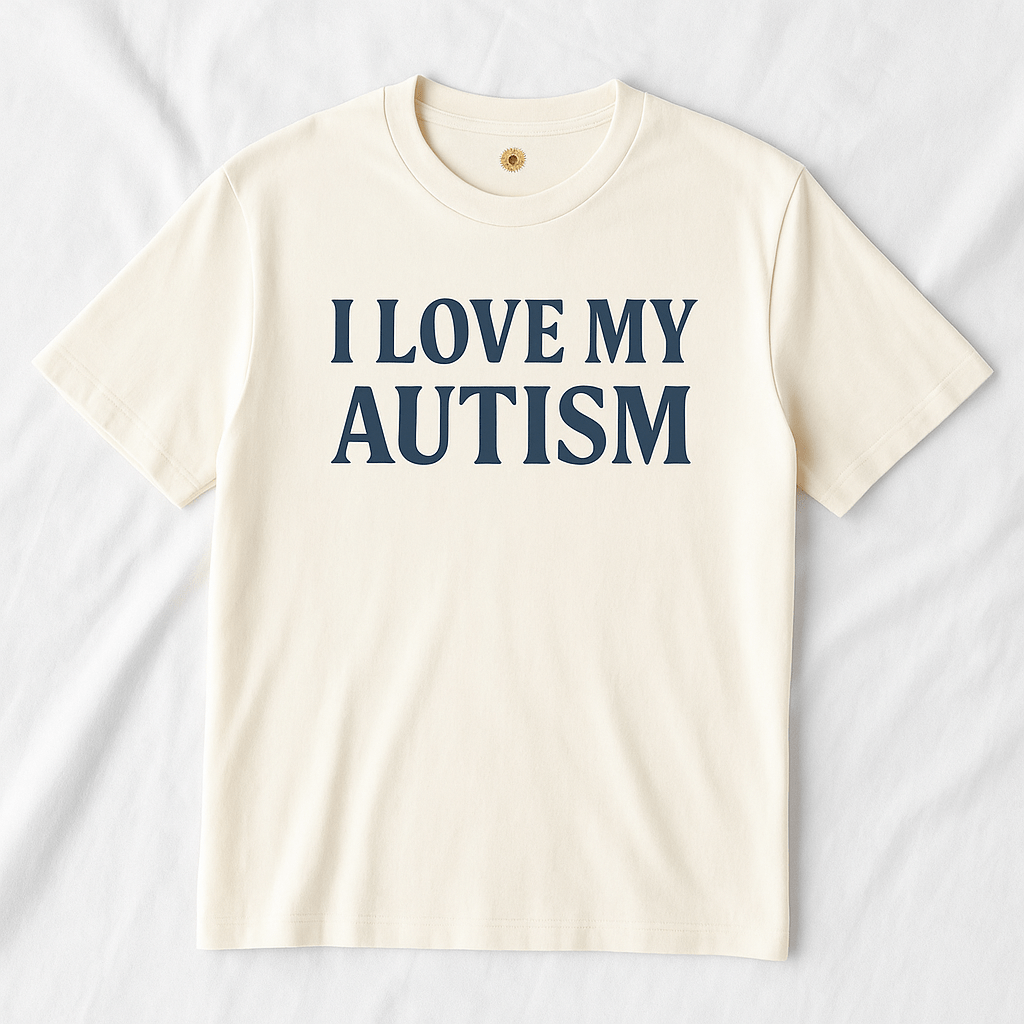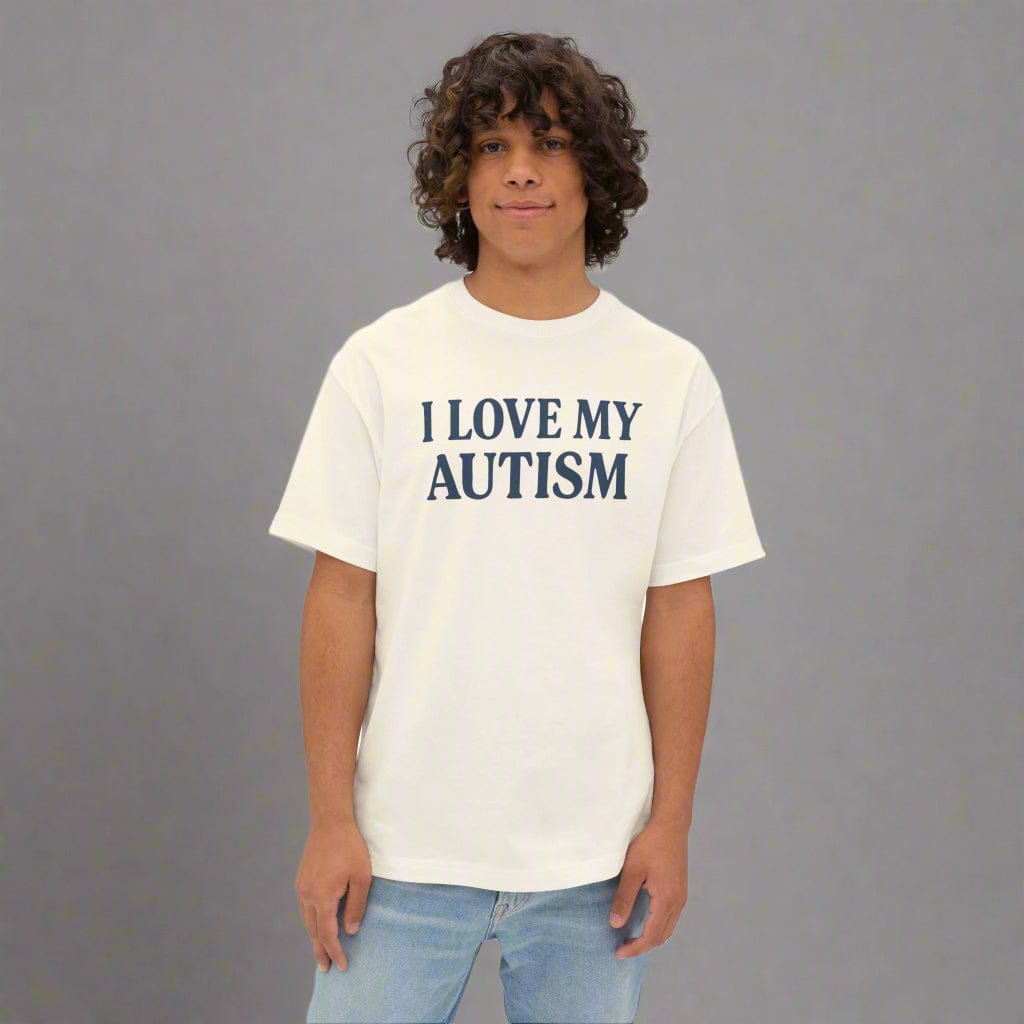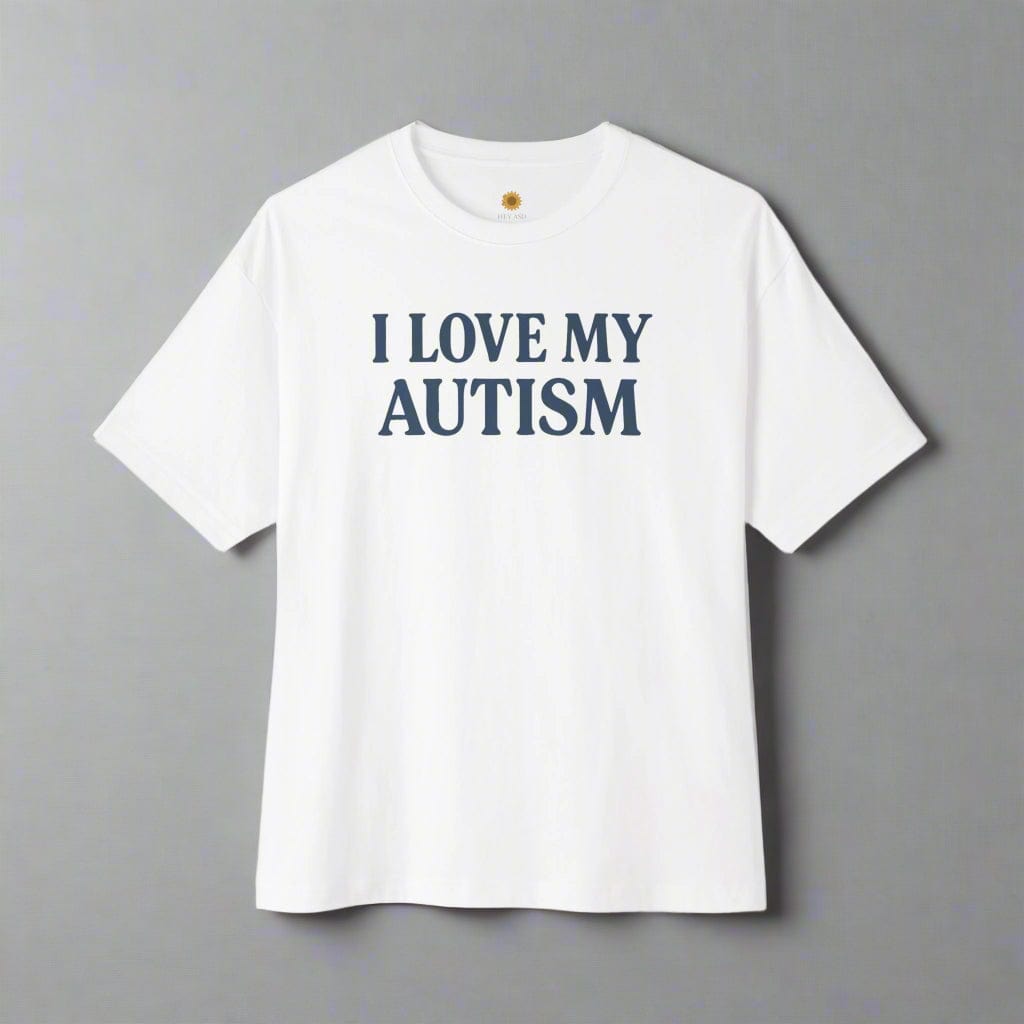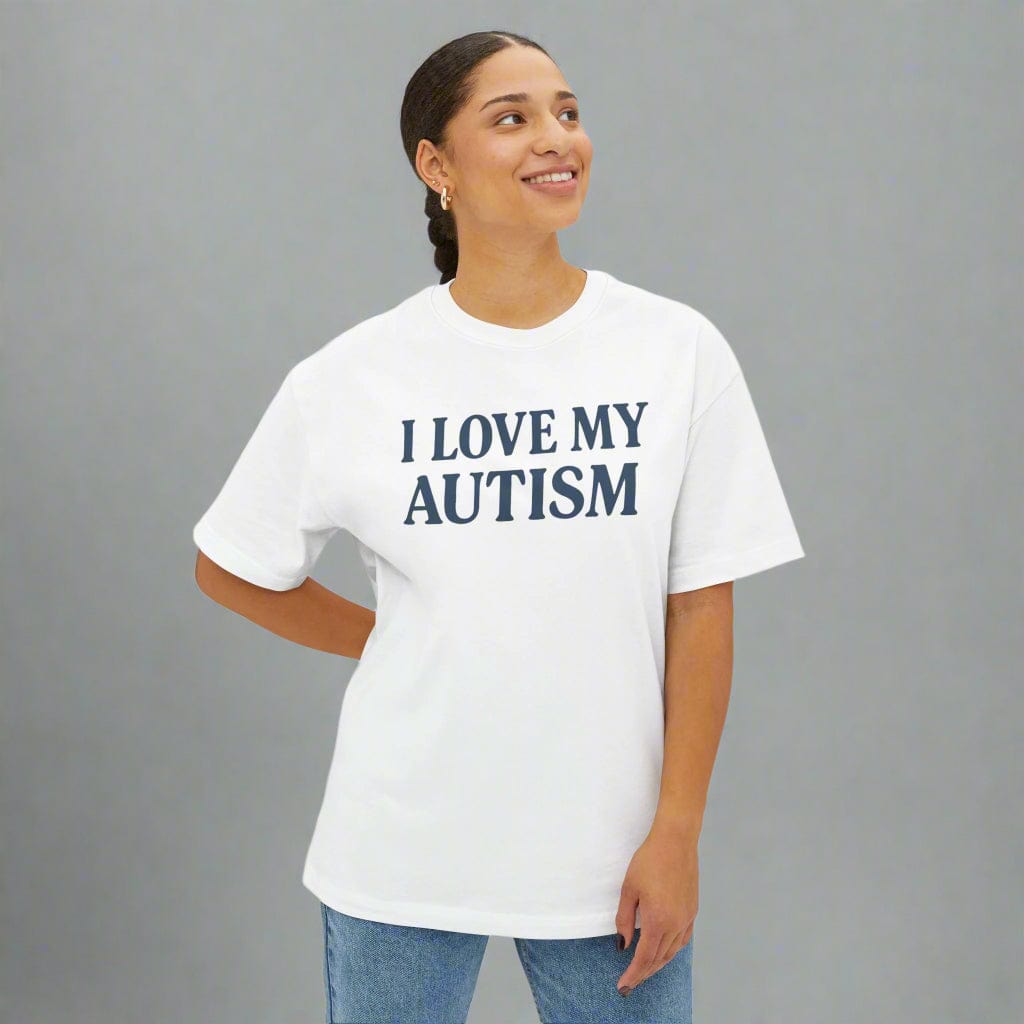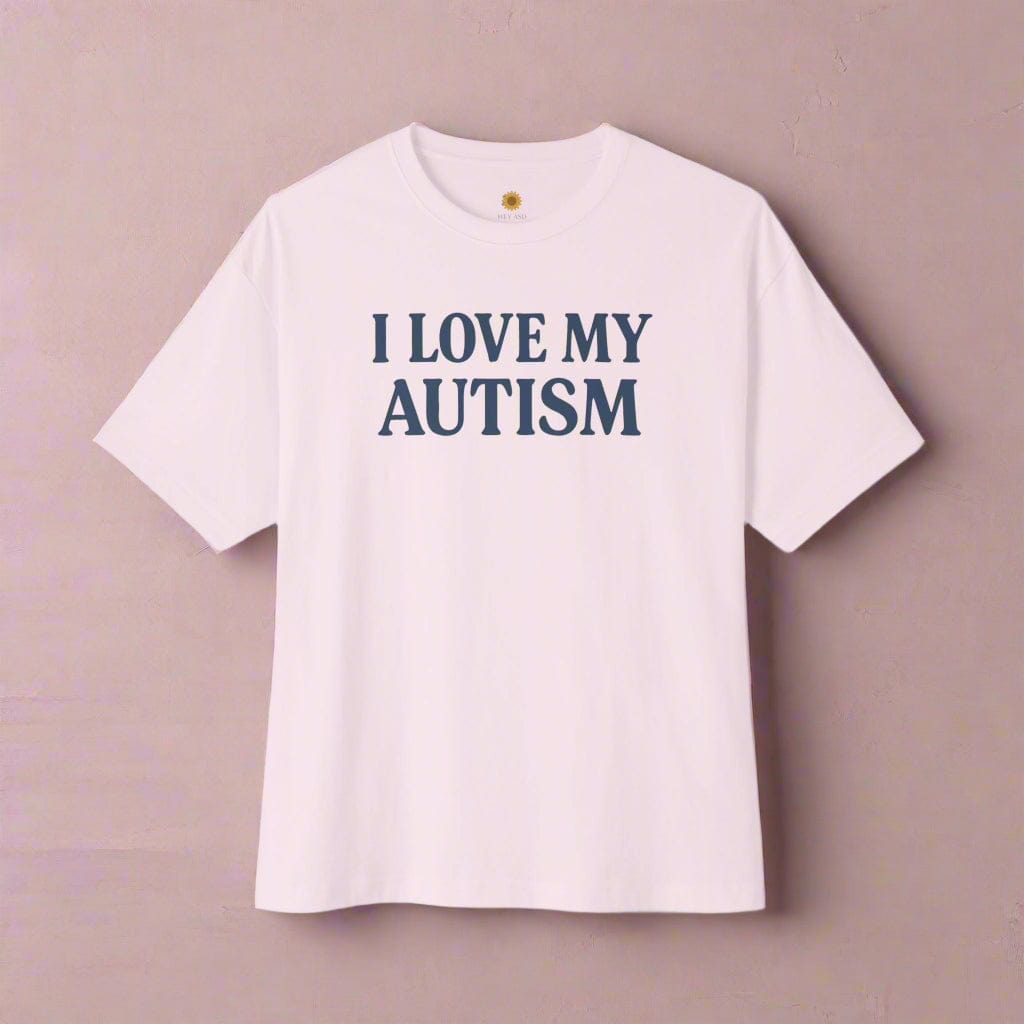Autism & Bullying: What It Is, Impacts & How to Stop It

Written by the HeyASD Editorial Team
Autism, a neurodevelopmental disorder that affects communication and social interaction, is a condition that requires empathy, support, and understanding. Unfortunately, individuals on the autism spectrum often face additional challenges, one of which is the distressing phenomenon known as autism bullying.
In this article, we will delve into the world of autism bullying, examining its effects on individuals and exploring strategies to combat this issue. By raising awareness, fostering empathy, and promoting acceptance, we can work together to create inclusive communities where everyone feels seen, valued and respected.
Autism Bullying: Understanding the Issue
Autism bullying involves the mistreatment, discrimination, or exclusion of individuals with autism. It can manifest in various forms, including physical, verbal, or emotional abuse, as well as social isolation and cyberbullying. The unique traits and behaviors associated with autism can make individuals more susceptible to bullying, exacerbating the challenges they already face.
Let's take a closer look at the impacts of autism bullying and the steps we can take to combat this issue.

Impacts of Autism Bullying
The impacts of autism bullying are far-reaching and can have horrendous consequences for individuals on the autism spectrum. This relentless form of mistreatment takes a toll on their emotional well-being, social development, and overall quality of life. Understanding the profound effects of autism bullying is crucial in highlighting the urgency to address this issue and promote change.
One of the primary impacts of autism bullying is the detrimental effect it has on an individual's self-esteem. Constant teasing, mockery, and exclusion can erode their sense of self-worth, leaving them feeling unworthy, inadequate and/or defective. The negative messages conveyed through bullying can create a distorted self-image and lead to a persistent lack of confidence. As a result, individuals may struggle to assert themselves, form relationships, and engage in social activities, further exacerbating their feelings of isolation.
Autism bullying also significantly impacts the emotional well-being of individuals on the spectrum. The continuous harassment and humiliation can lead to heightened anxiety and stress. They may constantly fear being targeted or anticipate negative interactions, causing them to withdraw and avoid social situations altogether. This withdrawal can hinder their ability to develop crucial social skills, resulting in limited opportunities for personal growth and interaction.
Furthermore, the psychological toll of autism bullying can manifest in depression and other mental health challenges. The persistent bullying experience can lead to feelings of sadness, hopelessness, and despair. The emotional distress caused by bullying can be overwhelming, leaving individuals vulnerable to developing or exacerbating mental health conditions. It is essential to recognize the strong correlation between autism bullying and the increased risk of mental health struggles.
The impact of autism bullying extends beyond the immediate effects, often leaving long-lasting scars that can persist into adulthood. Those who have endured bullying in their youth may carry the emotional trauma into their later years, impacting their ability to form and maintain healthy relationships. The negative experiences can shape their perception of themselves and others, leading to difficulties in trust and vulnerability.
Academically, autism bullying can hinder educational progress. The constant fear and anxiety associated with bullying can impair concentration and focus, negatively affecting academic performance. This can further perpetuate a cycle of low self-esteem and frustration, hindering the individual's potential for success in their educational endeavors.
To truly understand the impacts of autism bullying, we must recognize that it extends far beyond the immediate physical or verbal abuse. The emotional and psychological scars run deep, influencing an individual's self-perception, social interactions, mental well-being, and educational journey. It is incumbent upon us to address autism bullying with urgency, compassion, and a commitment to creating a more inclusive and accepting society.
Breaking the Silence: Raising Awareness
Raising awareness about autism bullying is crucial for initiating change and promoting understanding. By shedding light on this issue, we can create a sense of urgency and encourage individuals, families, educators, and policymakers to take action.
Here are some strategies to raise awareness about autism bullying.

Education and Training Strategies for Autism Bullying
Comprehensive education and training play a vital role in addressing autism bullying. By equipping individuals with knowledge and understanding, we can foster empathy and create a more inclusive society. Some key strategies include:
1. Educating the Community
Hosting workshops, seminars, or public forums to educate community members about autism and the challenges faced by individuals on the spectrum.
2. Engaging Schools
Collaborating with schools to implement comprehensive anti-bullying policies and programs that specifically address autism bullying.
3. Empowering Individuals
Providing individuals on the autism spectrum with the tools and knowledge to advocate for themselves and raise awareness about autism bullying.
4. Social Media Campaigns
Leveraging the power of social media to spread awareness, share personal stories, and encourage open dialogue on autism bullying.

Strategies to Combat Autism Bullying
Combating autism bullying requires a multifaceted approach that involves individuals, families, educators, and the broader community. By fostering empathy, promoting acceptance, and implementing proactive measures, we can create safer and more inclusive environments for individuals on the autism spectrum. Here are some effective strategies to combat autism bullying:
1. Inclusion and Support
Creating a culture of inclusion and providing support are crucial in combating autism bullying. By nurturing an environment where everyone feels valued and understood, we can mitigate the risk of bullying. Key strategies include:
2. Education and Training
Providing comprehensive training to teachers, school staff, and students to enhance their understanding of autism and promote empathy and acceptance.
3. Promoting Inclusion
Encouraging inclusive practices within schools, workplaces, and community settings to ensure that individuals with autism feel valued and included.
4. Bystander Intervention
Empowering bystanders to stand up against bullying by teaching them effective strategies to intervene and support individuals who are being targeted.
5. Peer Support Programs
Implementing peer support programs that pair students with autism with neurotypical peers, fostering positive relationships and reducing the likelihood of bullying.
6. Safe Reporting Channels
Establishing confidential and accessible reporting channels for students to report incidents of bullying, ensuring their safety and privacy.
7. Collaboration with Parents
Engaging parents and caregivers in the fight against autism bullying by providing resources, support, and guidance on how to address and prevent bullying incidents.
8. Engaging Law Enforcement
Collaborating with law enforcement agencies to ensure they are well-equipped to handle reports of autism bullying sensitively and effectively.
9. Continued Support and Follow-up
Providing ongoing support, counseling, and follow-up measures for individuals who have experienced bullying, ensuring their well-being and recovery.

What do to if you are being bullied?
If you are being bullied as an individual with autism, there are ways to address this.
Recognize and understand bullying
It is important for individuals with autism to be able to recognize the signs of bullying and understand what constitutes bullying behavior. This includes repeated negative actions, social exclusion, verbal or physical abuse, or any form of mistreatment that targets them.
Talk to a trusted adult
When feeling bullied, individuals with autism should reach out to a trusted adult, such as a parent, teacher, counselor, or mentor, and express their concerns. Having someone who can provide emotional support and guidance can be instrumental in handling the situation effectively.
Document incidents
Encourage individuals with autism to keep a record of bullying incidents, including dates, times, locations, and descriptions. Documenting the incidents can help establish a comprehensive understanding of the situation and serve as evidence when reporting the bullying.
Seek support from peers
Identify supportive peers, friends, and/or online communities who can offer companionship and solidarity. Building a network of understanding individuals can provide emotional support and reduce feelings of isolation.
Report the bullying
Individuals with autism should report the bullying incidents to a trusted adult or authority figure, such as a teacher, principal, or school counselor. It is essential to provide them with the documented evidence of the bullying incidents for a thorough understanding of the situation.
Develop coping strategies
Assist individuals with autism in developing effective coping strategies to manage the emotional impact of bullying. These strategies may include deep breathing exercises, engaging in hobbies or activities that bring joy, seeking support from friends and family, or practicing self-care.
Engage in self-advocacy
Encourage individuals with autism to advocate for themselves by expressing their feelings and needs assertively. Developing self-advocacy skills can help them communicate their experiences with authority figures and seek appropriate assistance.
Access professional support
Seek professional support from therapists, counselors, or support groups specializing in autism or bullying. These professionals can provide guidance, coping strategies, and emotional support tailored to the individual's specific needs.
Utilize available resources
Explore available resources, such as autism advocacy organizations, helplines, or online support communities, which offer guidance and support for individuals with autism who are experiencing bullying.
Practice self-care
Remind individuals with autism to prioritize self-care activities that promote their well-being. Engaging in hobbies, practicing mindfulness or relaxation techniques, and spending time with supportive individuals can contribute to their emotional and mental well-being.
By following these steps, individuals with autism who feel bullied can take proactive measures to address the situation, seek support, and prioritize their well-being. It is important to remember that they are not alone and that there are resources available to assist them in navigating through bullying experiences.

FAQs about Autism Bullying
Q: How prevalent is autism bullying?
A: Autism bullying is unfortunately a prevalent issue, with studies indicating that individuals on the autism spectrum are more likely to experience bullying than their neurotypical peers.
Q: What are some signs that a person with autism may be experiencing bullying?
A: Signs may include changes in behavior, withdrawal from social activities, unexplained injuries, anxiety, low self-esteem, and a decline in academic performance.
Q: How can parents and caregivers support their child with autism who is being bullied?
A: It is crucial for parents and caregivers to listen to their child, provide emotional support, communicate with the school, and seek professional help if needed. Encouraging their child to engage in activities that boost self-confidence is also beneficial.
Q: How can educators address autism bullying in the classroom?
A: Educators can promote inclusion, provide education on autism to the class, encourage empathy and understanding, implement anti-bullying policies, and establish clear reporting and intervention procedures.
Q: What role can peers play in preventing autism bullying?
A: Peers can actively promote inclusivity, stand up against bullying, befriend individuals with autism, and serve as allies and advocates for their classmates on the spectrum.
Q: How can online platforms address cyberbullying of individuals with autism?
A: Online platforms can implement stronger moderation policies, provide clear guidelines against bullying, encourage reporting mechanisms, and promote digital citizenship education to prevent cyberbullying.
Join Hundreds of Autistic Adults Feeling
More Comfort in Their Own Skin
Use code WELCOME10 for 10% off your first order.
Start Your Comfort JourneyConclusion
Autism bullying is a pressing issue that demands our attention and action. By understanding the impacts of autism bullying, raising awareness, and implementing strategies to combat it, we can create a more inclusive society where individuals on the autism spectrum feel safe, accepted, and valued.
Let's work together to break down barriers, foster empathy, and build communities that celebrate diversity. Together, we can make a difference and create a world free from autism bullying.
On This Page
Frequently asked questions
What are some common signs of autism bullying that I should be aware of?
How can I support a friend or family member who is experiencing bullying related to autism?
What steps can schools take to promote disability inclusion and prevent bullying of students with autism?
How does sensory-friendly support help autistic individuals cope with bullying situations?
Are there autism awareness products, like calming blankets or sensory tools, that can help reduce stress from bullying?
What are effective ways to teach empathy and understanding about autism to peers and community members?
How can autistic individuals practice self-advocacy to address bullying in a safe and confident way?
What resources are available for ongoing emotional support after experiencing autism bullying?
How can Autism-themed decor or clothing, such as t-shirts, help raise awareness and promote acceptance in schools or communities?

About the HeyASD Editorial Team
Autistic‑owned • Values‑led • Sensory‑friendly design
We are autistic creators, writers, and advocates dedicated to producing resources that are practical, sensory-aware, and grounded in lived experience. Our mission is to make information and products that support the autistic community accessible to everyone, without jargon or condescension. Learn more about our team.
This article is written from lived autistic experience and an evidence-aware perspective. It is for general informational purposes only and should not be taken as medical, legal or therapeutic advice.
Always consult a qualified clinician or occupational therapist for individual needs and circumstances.

About Our Autism Blog
HeyASD isn’t just a store, it’s a calm, supportive space created by and for autistic adults. Our blog shares sensory-friendly tips, identity-affirming stories, and heartfelt resources for navigating life as an autistic person. Whether you're late-diagnosed, exploring your needs, or supporting someone you love, you're welcome here.
Thank you for reading. We hope these resources bring comfort and clarity.






























